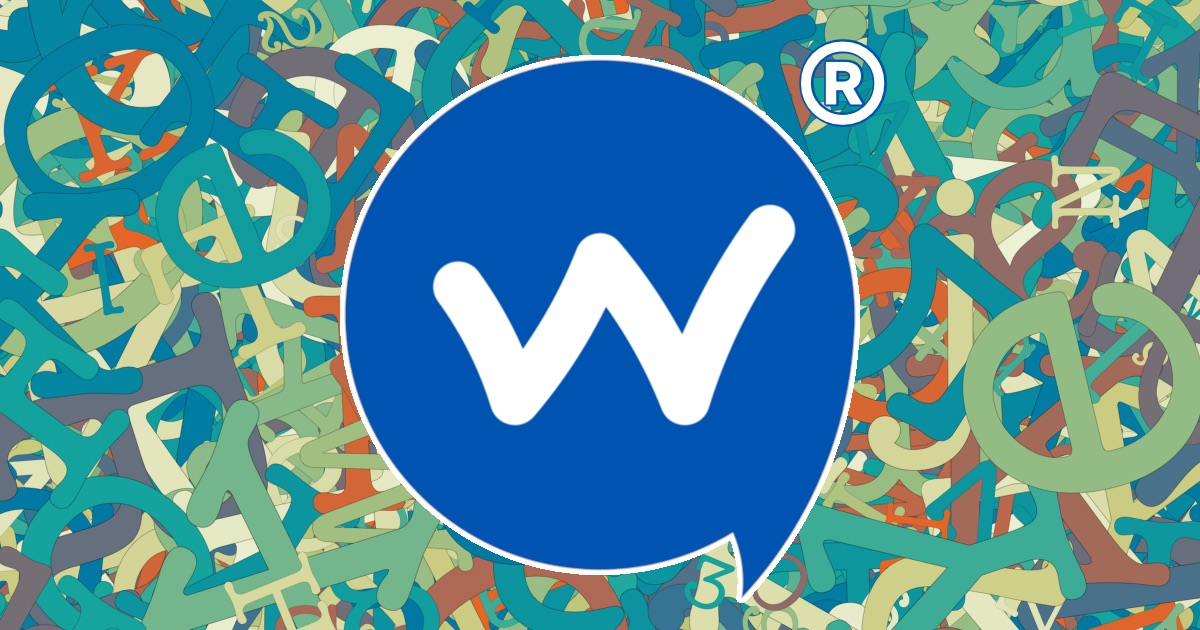
The Story Behind WebOutLoud
WebOutLoud will be 10 years old next year. I started it as a side project the very same year that Apple released iOS 8, and Swift.
It was an exciting time to be a dev on Apple platforms. Just the year before, along with the release of iOS 7, they switched from skeuomorphic to flat design, and in 2014 came iOS 8 and the announcement of Swift, a new, modern programming language.
I started building WebOutLoud with Swift while iOS 7 (and therefore Swift itself) was still in beta. It was the first app I created for iOS, and to this day, it remains my most successful.
Prior to the introduction of Swift, I wasn't interested in building for iOS, mostly because I didn't want to work in Objective C. I had done a bit of development in Objective C at work prior to this, and I found it to be very antiquated.
But when Swift came along, it gave me the incentive to turn my idea for a web reader into reality on iOS.
The idea for WebOutLoud came to me at work one late afternoon, after a long day of staring at code. I was perusing hacker news or something, and I found an article that I wanted to read, but my eyes were killing me. Wouldn't it be nice, I thought, if the computer could just read this to me? Or even better, if I could load it on my phone and have my phone read it to me while I drive home. Text-to-speech tech had been around for quite some time by then, so I was surprised to find that there was only one app on the App Store that would read websites. But in reality, it didn't really work. It crashed a lot and was overall unusable. So I set out to make a better website reader.
It was a side project. I was working full time then. I woke up at 5AM before work almost every day to work on it. Sometimes I'd work after hours as well, after the missus and the little ones had gone to bed. At night, I'd sit there and work on it in the living room, on my laptop, with something playing on the TV. But in the mornings, it was always at my desk, in the den.
Eventually, I got it done. I released the iOS app first, and the Chrome browser extension later.
I remember, at the time, while I was in the thick of it, Instapaper (or was it Pocket? I can't remember) announced its text-to-speech feature, and I thought my project was dead. Turns out, however, the way my app does it was so novel that it didn't matter. My app scratched a different itch. In that, I learned how there's a million ways to skin a cat, as they say, and how that plays into finding a niche.
Anyway, WOL is still at it today. Still the best website reader in the App Store. There are many competitors, but none of them do it like WOL. Fortunately, most of them choose to copy Speechify, the Wal-Mart of text to speech. Meanwhile, I've continued to improve upon it to this day. It originally launched as a website reader. It was basically a web browser with text-to-speech on top. Later, along with many other features I will not enumerate, it evolved into read-it-later functionality, PDF TTS, and, of course, premium voices from the likes of Amazon Polly, Google Cloud, and recently, Microsoft Azure. I told my wife, before embarking on adding them to the app, that premium voices would take WOL to the next level. I was right.
Now, almost 10 years later, I think, through consistently delivering a novel, "only in WOL" text-to-speech experience, I've developed a decent userbase who recognizes WebOutLoud, the brand, as something distinct that they can rely on to deliver a particular experience. In other words, I can tentatively say that WOL has established itself a little niche. And in this respect, it is going strong.
